Date: 03 Jul 2023
Modern indoor plant growing typically involves at least one of three artificial light sources: HID, CFL, and/or LED. Growers often use a combination of grow lights. In this blog we will focus on the most commonly used lighting for growing plants in the 21st century.
HIDs , or High Intensity Gas Discharge lamps, are lighting fixtures for growing all kinds of indoor plants, being used by beginners to professional growers - at least since the early 1990s. Over the years, lamps have become more efficient, ballasts have become digital, and reflectors have become bigger and better, but the basic principles of growing plants with this type of artificial light remain the same. MH for vegetative growth and HPS for flowering.
The CFL or compact fluorescent light is really effective in the cool white spectrum as an alternative to the MH bulb. This is achieved by suspending the CFL 10 cm above the crown of the plant. The CFL runs cool and can get really close to the plants without burning the leaves. In addition, CFL lamps slightly increase the temperature in grow rooms. This makes CFLs perfect for seedlings, cuttings and for use during vegetative growth. Sometimes CFL lights are the only option for micro growers. Unfortunately, CFLs don't boast impressive luminous flux or PAR ratings. Even worse, CFL lights aren't very efficient at blooming. Some plants need much more intense lighting during flowering than CFLs can provide. Expect poor yields and loose buds from CFL lamps in the flowering phase.
LED is the emerging new technology that wants to end the dominance of HID. The latest generation of LED systems are now able to produce fruit of comparable, and in some cases, higher quality than the average HID system. PAR or photosynthetically active radiation is the indicator that is considered the most important. The latest LED systems have finally achieved parity with traditional HID lighting systems.
High efficiency LED kits that consume 350-400W and can exceed a 600W MH and HPS full spectrum configuration require a larger investment but have a much longer lifespan. There are some models that really can do it all. The best systems do not emit high heat and are extremely economical in the long run. Suspension distances vary widely, so the buyer should be careful and be sure to check the manufacturer's instructions.
HID 400W and 600W lamps are best suited for growing indoor plants. The lamps must be hung at one level. The optimal height of the light is between 30 and 60 cm above the crown of the plant. This means carefully securing the reflector to the ceiling or roof of the grow tent using roller hangers or rope hangers.
It is best to use lighting fixtures that can be easily adjusted and moved as the plants mature and grow in height. However, for seedlings and cuttings, the 600W MH may be too strong and it would be more appropriate to place it at a distance of more than 60 cm above the top.
Stationary lamps with a horizontal bulb set in a clear, open reflector are professional and standard breeding. Ideally, use a large reflector, or as large as will fit in the grow space, with a wide spread to use the entire area.
If you need a phytolamp, it is not difficult to find it. The main thing is to determine the right parameters and choose a lamp with the appropriate power.
-
Стефи22 Nov 2023От къде да купя фито лампа 600w

 New products
New products 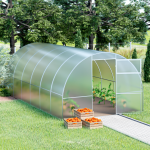
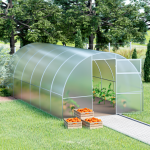
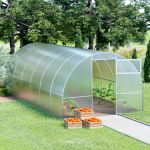
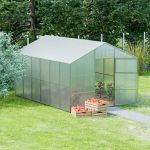
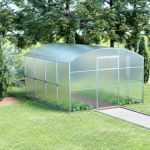



































































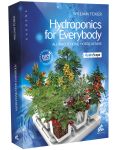
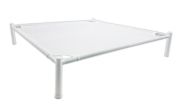
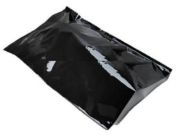
 Presents
Presents




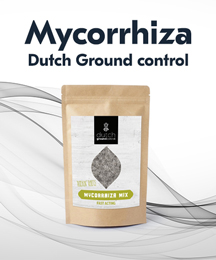




Post comment